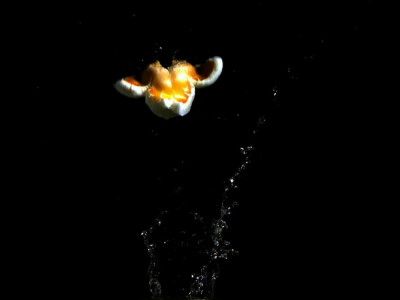Looking at what is happening with the glass "Prince Raperto's Drop" where the whole is crumbled when you cut the tail, in slow motion looks something like this

Glass made by dropping molten glass in cold water "Prince · Raperto's dropAlthough it is also called a Dutch tear from the shape, its head is very hard and can withstand the hammer's blow, while folding the tail part even if it breaks even a little as if the whole exploded. . "Mystery of Prince Rupert's Drop at 130,000 fpsThe moment when crushing occursHigh speed camera Phantom V 1610Shooting using slow motion, playing back with slow motion, we clarify how this mysterious phenomenon is occurring.
Mystery of Prince Rupert's Drop at 130,000 fps - Smarter Every Day 86 - YouTube
http://www.youtube.com/watch?v=xe-f4gokRBs&hd=1
So I will experiment at the glass factory this time.

Place the glass material at the end of the pipe and place it in the heated kettle.

I took the glass out of the kettle.

I throw it into cold water.

It will solidify from the thin part of the glass with the sound of Juwatu.

When the glass cools down and it solidifies completely, it looks like this. It is a drop type with the tadpole's tail stretched long.

Let's hit the biggest, rounded head of the glass.
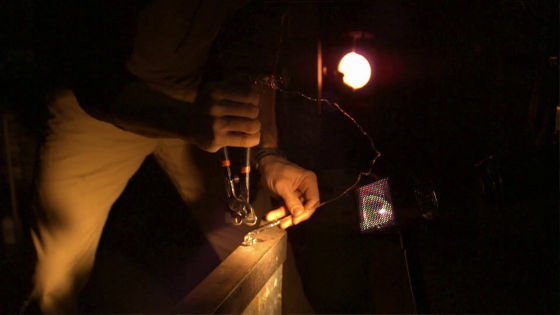
The head is pretty hard, it is a sharp one and it will not break even if you hit it strongly.
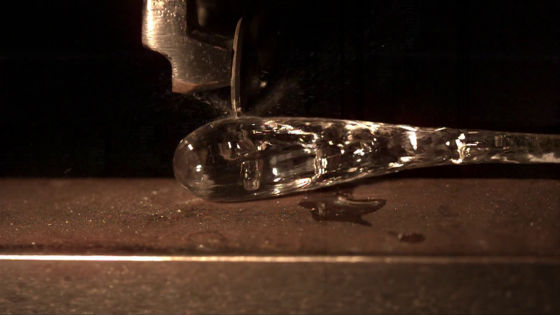
Next, pinch the part of the tail with a pliers.
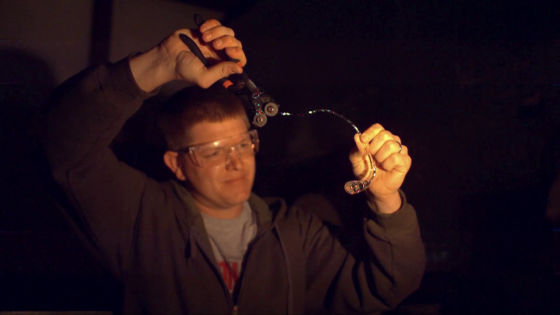
When snapping the end of the tail, snapping, the whole glass flew in pieces in a blink of an eye in a blink of an eye.
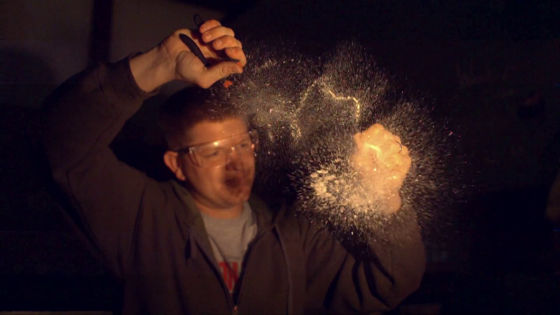
Even if you look at slow motion, the appearance that the whole glass is crumbling down in an instant is projected.
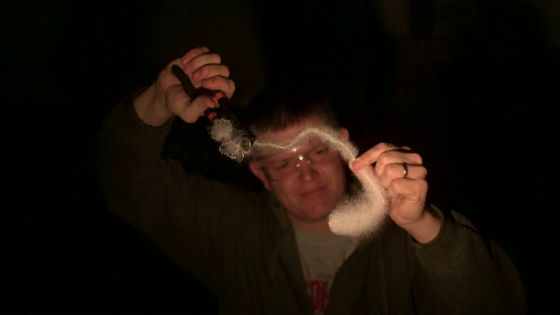

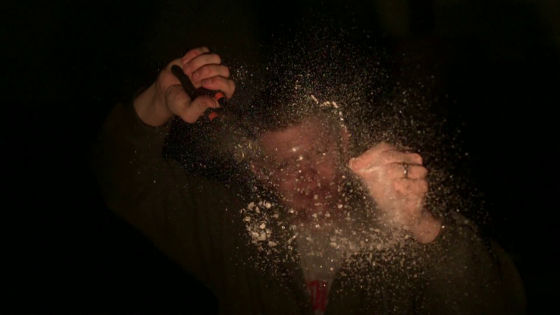
"I do not really know what is going on with a normal camera", so this time it is possible to shoot 16,000 frames per second at ultrahigh speedHigh speed camera Phantom V 1610We will shoot using.
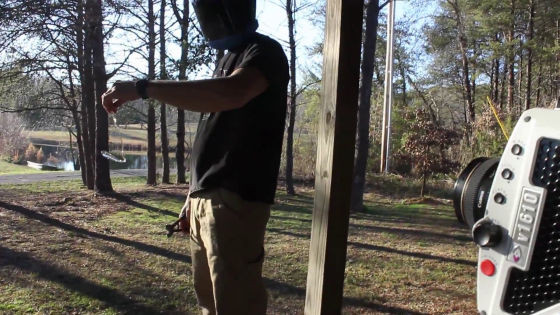
Squeeze the tail of the drop of Prince Rapert with pliers.
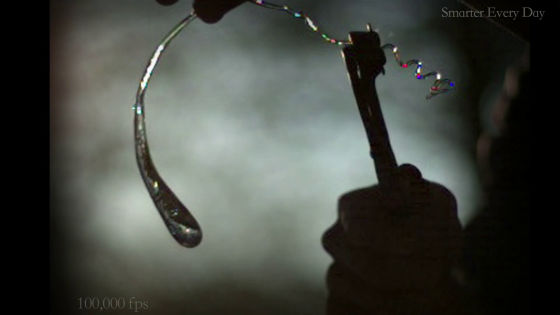
When you put your strength, the tail end breaks first ...
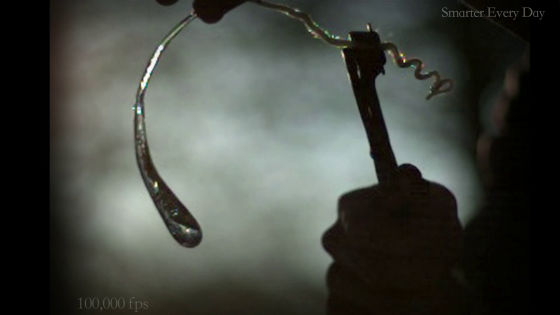
The shock will gradually be transmitted to the whole.
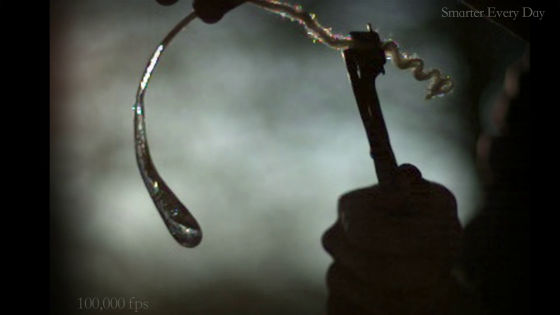
Two-thirds of the transparent drops turn white.

And the whole droplet turns white ...
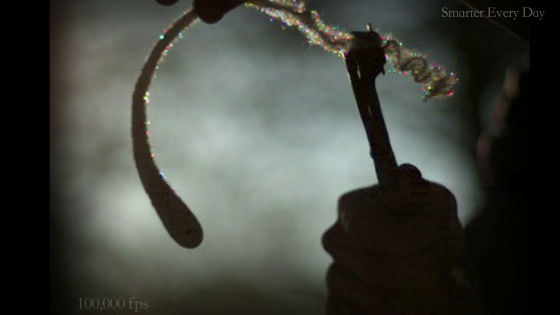
The whole droplet crumbled away and it scattered.
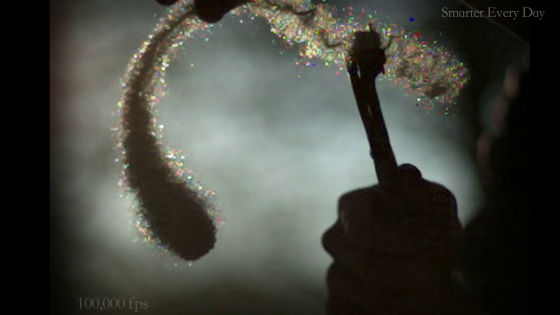
Let's see what the interior of the glass looks like using a polarizer.
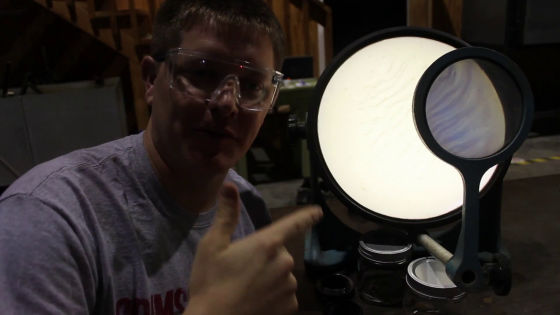
Confirm that the way of refraction of light is different between the outside and the inside. By dropping the heated glass into cold water and suddenly cooling it, it solidifies differently on the inside and the outside, creating tension inside the glass.

What do you mean? A detailed explanation of this is from the following. Men wearing a gray T-shirt cured glass, light blue T-shirt is cooling glass, red T-shirt is heated glass. The heated glass is more expanded than the hard glass, and the cooling glass is contracting as it is curing the expanded hot glass.
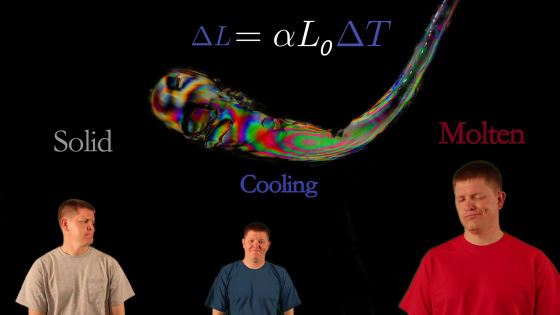
First of all, a man in a red T-shirt occupies the heated glass.
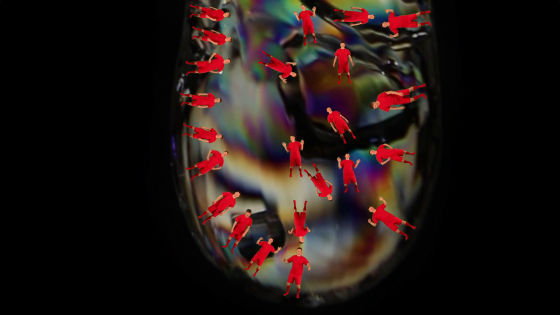
When put in water, the outside is first cooled and gradual hardening begins.

And it changed to the state that the outside is all hardened, while only inside is still hot.

Looking at the state of the glass in the picture is like this. The middle is red, only the outside is transparent.
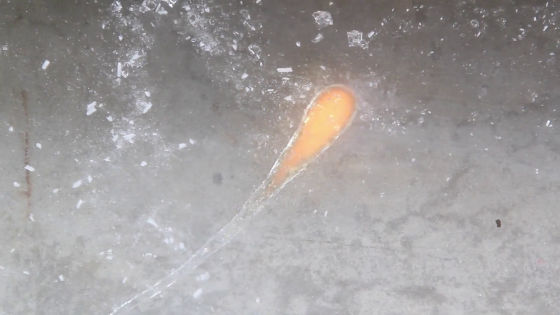
Then it gradually cools to the inside.

At this time, the cooling glass is pushed by the hardened glass, so it shrinks from the outside towards the inside, and the compression strengthens the glass by the compression.

And by hardening with the compression applied, the surface is very hard glass is completed. this isTempered glassSame as the principle of.
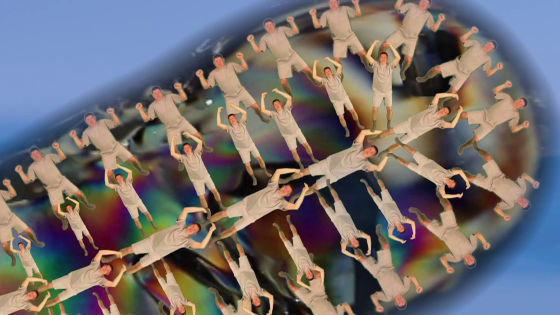
This is why the glass was divided into two layers when viewed with a polarizer.
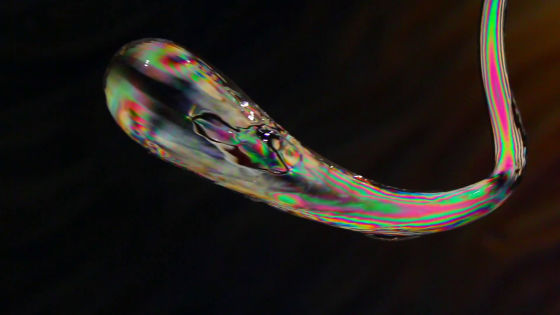
However, it is also true that the inside of the glass exists while keeping the tension state, and once the impact is transmitted to the interior, it will be broken in a chain.
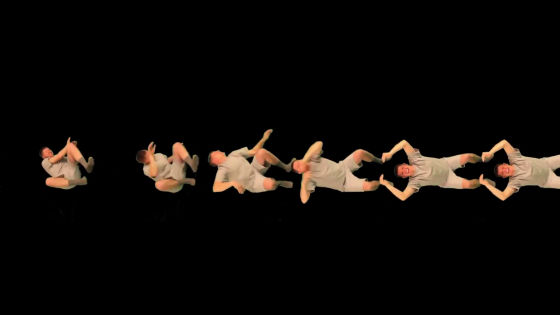
Finally, at how fast is the impact transmitted? I will examine it.
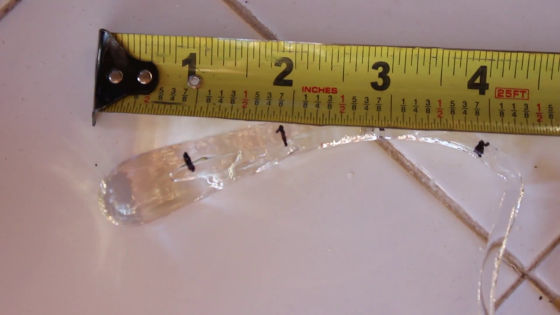
As before, cut the tail of Prince Rapert's droplet.
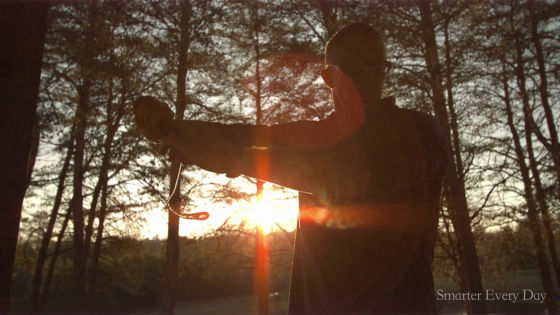
When photographing how the shock is transmitted by the camera, the impact was first transmitted at 2.54 cm per 15 microseconds in the range of A.

Even within the range of B, 2.54 cm per 15 microseconds.
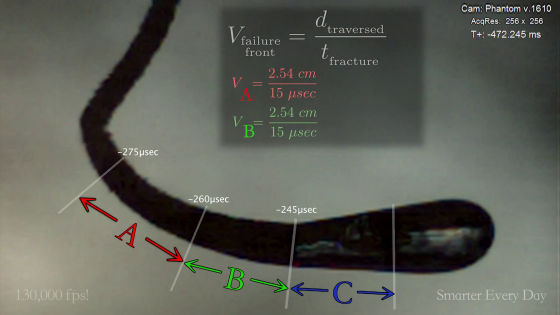
Finally in the C range is 2.54 cm per 16 microseconds.
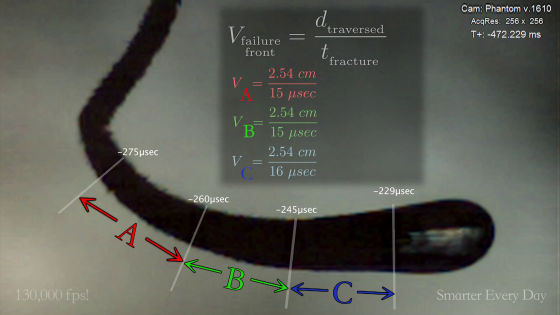
From these figures, it is measured that the speed at which the impact is transmitted to the droplet of Prince Rapert is 1658 meters per second.
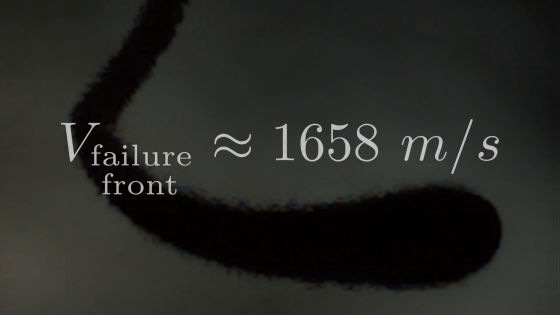
In this experiment, Prince · Rapert droplets are crushed by grasping with bare hands, but it seems that the glass will not be hurt by debris as it becomes crushed. However, if the experiment is carried out in a glass container, there is a possibility that the container breaks and may cut the hand, so the experiment may be done in a thick plastic bagIt is recommended.
Related Posts:

